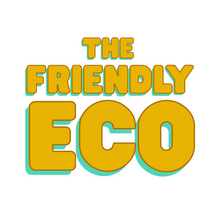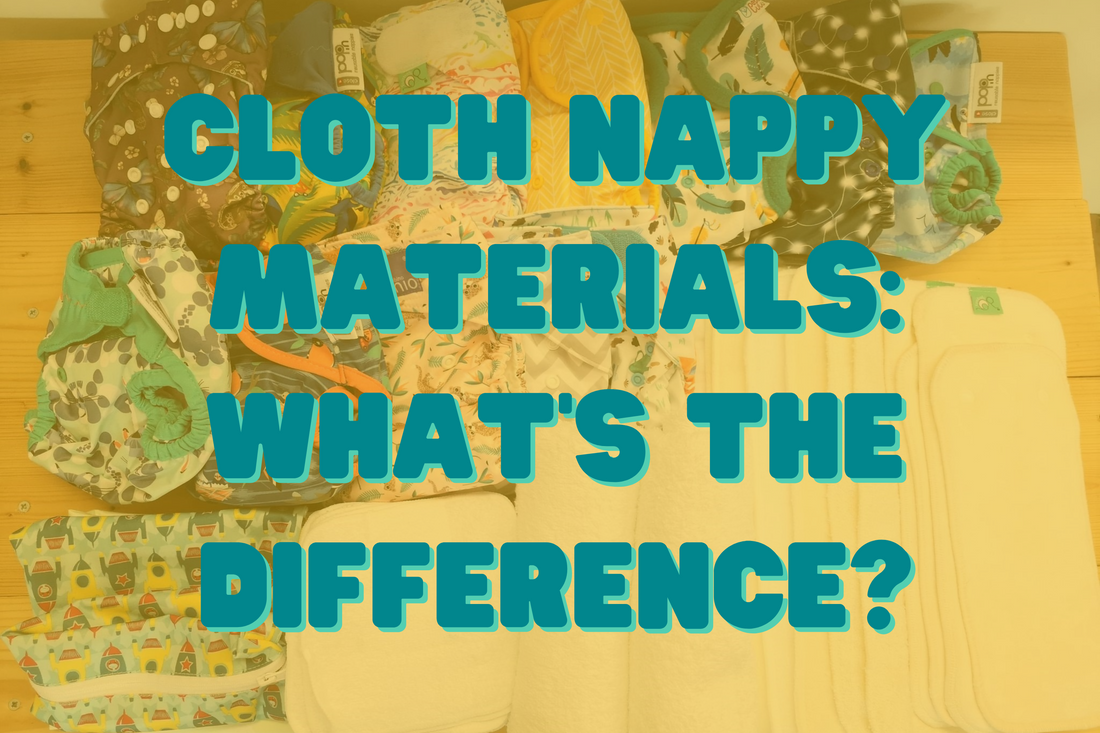After years virtually unheard of, cloth nappies are coming back into the spotlight with a bang. Originally deemed as 'uncool', cloth nappies are again becoming a popular option among parents, for a number of reasons. The main factor being that parents are more aware than ever before of the environmental impact of using disposable diapers.
What are the best materials for a cloth nappy? Cloth nappies come in lots of different fabrics and there is no correct answer. Each fabric has it's pros and cons depending on your own family lifestyle. We've made up a list below to break down the properties of each cloth nappy material so you can see what is best for you!
Cotton
Cotton is one of the most popular choices among parents. It's super soft, comfortable and breathable which makes it an ideal fabric for day time use. Cotton is a natural fibre which makes it very absorbent and quick drying. Cotton nappies are also often cheaper than other fabrics and is easily found - you can even use old cotton towels if you're handy with an overlocker!
Organic Cotton
Organic cotton has all the benefits of regular cotton, but is grown without the use of pesticides and chemical fertilisers. Though generally more expensive than conventionally farmed counterparts which may be off putting for parents on a budget. Some parents choose organic cotton as they feel it’s better quality and/or safer for baby due to using fewer chemicals during production. 100% organic cotton is fully biodegradable, making it perfect for parents who want to be kind on the environment.
Bamboo
Bamboo is a super soft natural fibre. It makes a great material for night time use as bamboo absorbs up to 30% more than cotton, but this also means it takes longer to dry. Bamboo is hypoallergenic, making it a great choice for families with allergies. It’s also an extremely sustainable material - bamboo grows like crazy so there's no shortage of the plant and in fact it means you can grow more plants on smaller patches of land.
Hemp
Hemp is an extremely breathable fabric due to being a natural fiber. Hemp is slightly more absorbent than cotton but it also dries quickly making it a good option for overnight use if you struggle to dry nappies. Due to being a fairly new fabric and the misconceptions around hemp, it can be on the pricier side of nappy inserts.
Microfibre
Microfibre is a synthetic material that is fast to absorb and fat drying but doesn't hold a huge amount. Microfibre may be the cheapest material on this list but it’s not necessarily the best quality, and shouldn't be placed directly against a baby's skin because it dries out the skin. Being a synthetic material means it can release microplastics when being washed - although it is still a more sustainable option than disposables, some parents prefer to avoid it for this reason.
What else?
Cloth nappies aren't just made of absorbent layers- you also have the waterproof outers, commonly referred to as wraps or shells. These are typically made from PUL (polyurethane laminate) and TPU (thermoplastic polyurethane) which may sound like something out of a sci-fi movie but they're actually just forms of thin plastic which can be bonded to fabrics to create a thin, flexible and waterproof outer layer for reusable nappies. Wool and fleece wraps are also available but generally reserved for night-time use due to their bulk.
Liners are an optional extra - they are not absorbent, and sit between baby's bottom and the nappy. They are available as both reusable and disposable versions, each for different purposes.
Reusable liners are typically made from microfleece (not to be confused with microfibre) which allows moisture to pass through, creating a barrier between the wet nappy and baby's skin. Most pocket nappy shells have a microfleece inner built in for ease.
Disposable liners are typically made from cellulose, paper or bamboo - all naturally derived materials. They are designed to make poop disposal easy for those a bit squeamish of 'plopping' the poop down the toilet. Instead you simply remove the poopy liner and place into the bin.
In short
Cloth nappy materials are a personal choice and there is no right or wrong answer. Our top tip would be to try a bit of everything and see what works for you and your baby. Many parents choose to use a variety of materials for different situations, and even two different types of inserts in one nappy to get the best of all worlds.
If in doubt, give us a shout at thefriendlyecobristol@gmail.com as we are always happy to help!

